Uncovering the Oldest Agricultural Machine: The Threshing Sledge’s Neolithic Origins
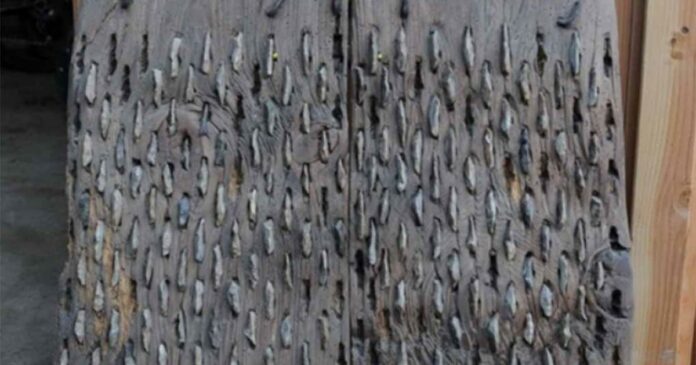
The history of agricultural innovation is a fascinating journey that spans thousands of years, and one of the earliest known agricultural machines is the threshing sledge. Recently, a groundbreaking study has shed new light on the origins of this ancient tool, pushing back its timeline by 3,000 years. This discovery places the first use of the threshing sledge in Greece as early as 6500 BC, making it one of the oldest agricultural machines in Europe.
The Birth of the Threshing Sledge: A Neolithic Marvel

The threshing sledge, also known as a “tribulum” in Roman terminology, was an ancient agricultural implement that revolutionized grain processing. Comprised of a wooden board or frame with sharp stones or metal blades embedded underneath, the tribulum was dragged over harvested crops by animal power, efficiently separating the grain from the straw. This innovation spread across Mediterranean regions, from Turkey to Spain, adapting to various local agricultural practices and significantly increasing grain processing efficiency.
Early Adoption in Greece: A Revolutionary Discovery
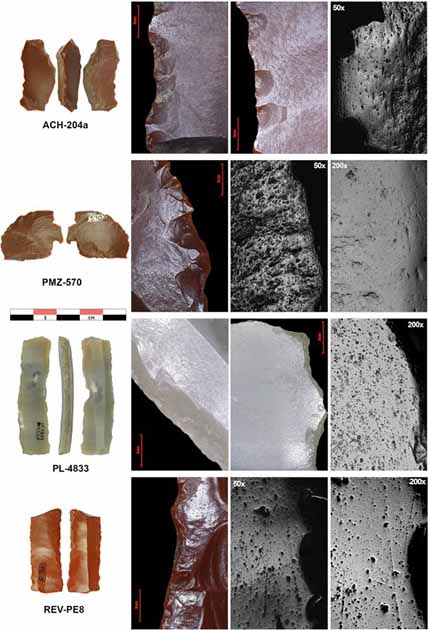
Until recently, it was widely believed that the threshing sledge was a relatively late innovation, emerging with the rise of the first states. However, a recent study led by an international team of researchers, funded by the European Union, Italy, and Spain, and published in The Journal of Archaeological Science, has upended this belief. Using advanced analytical techniques, such as confocal microscopy, researchers analyzed flint tools from Early and Middle Neolithic sites in Greece. They discovered that the use of threshing sledges dates back to as early as 6500 BC, marking it as one of the earliest agricultural machines in Europe.
Tribulum and the Increase of Grain Efficiency
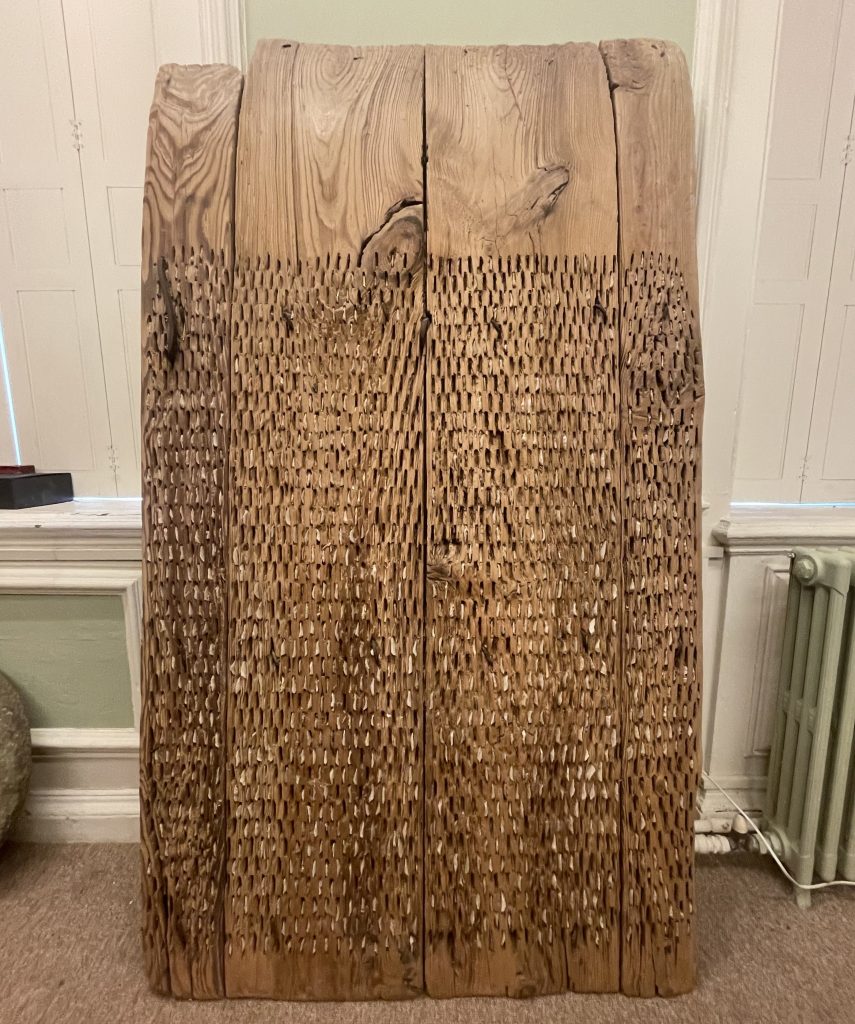
The introduction of the tribulum represented a significant leap in agricultural techniques. By allowing the processing of large quantities of cereal crops, it contributed to increased agricultural production. The study’s authors highlight that the use of threshing sledges is documented during the Late Neolithic/Chalcolithic and Early Bronze Age in both southwestern Asia and Europe, with their use in the Mediterranean region persisting until just a few decades ago.
Reconstructing Agricultural Innovation: The Role of Domesticated Animals
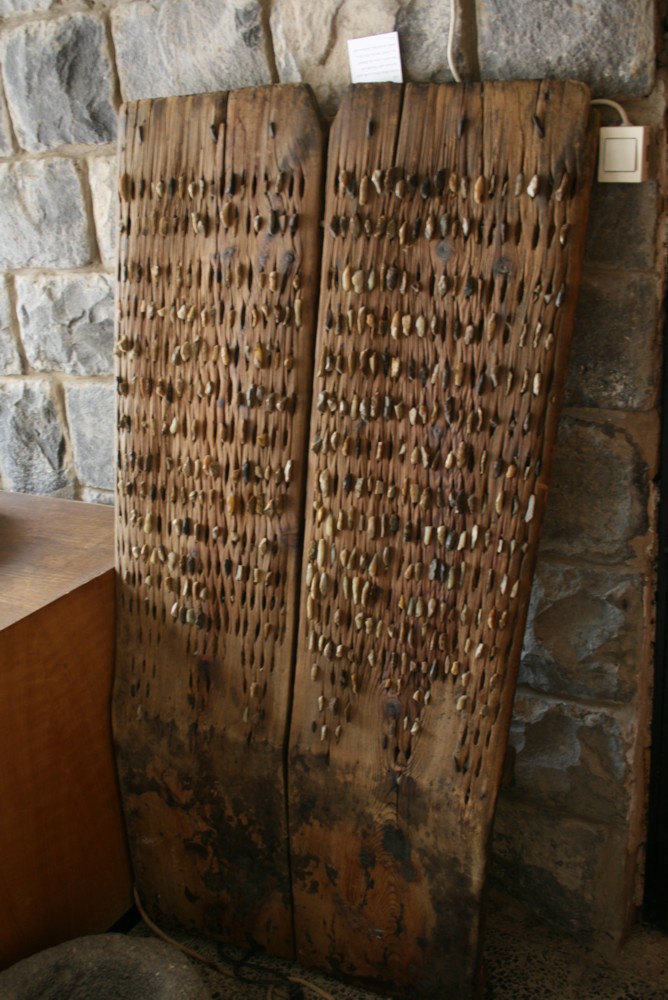
The study also reveals that domesticated animals played a crucial role in this early technological innovation. Recent evidence suggests that these animals were not only used for food but also as a labor force, contributing to the broader technological advancements of the Neolithic era. Threshing sledges, as part of this innovation, represent a critical chapter in the history of agricultural development.
Regional Variations and the Spread of Technology
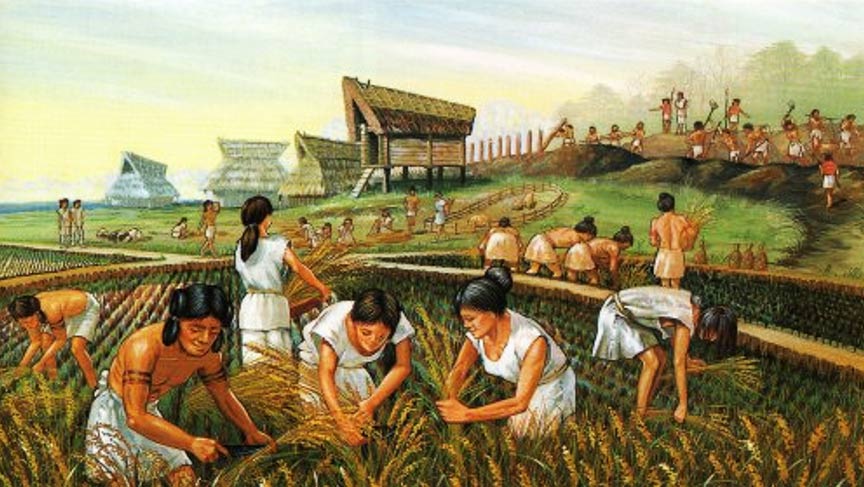
One of the study’s intriguing findings is the disparity in the spread of threshing sledges between different Mediterranean regions. While the technology quickly spread from the Near East to the eastern Mediterranean, it did not reach the central and western Mediterranean until much later, around 3000 to 2500 BC. This gap highlights differences in agricultural production intensity and scale across these regions, offering new insights into the development dynamics of early European agricultural societies.
Conclusion
The discovery of the early use of the threshing sledge in Greece as early as 6500 BC challenges long-held beliefs about the timeline of agricultural innovation in Europe. This ancient tool, once thought to have emerged much later, now stands as a testament to the ingenuity and technological advancement of Neolithic societies. As researchers continue to uncover more about the early adoption and spread of agricultural technologies, we gain a deeper understanding of the social and economic structures that shaped the development of early European civilizations. The study not only enriches our knowledge of prehistoric agriculture but also underscores the enduring impact of these early innovations on the course of human history.
Video
News
The Hanging Temple: China’s 1,500-Year-Old Cliffside Marvel of Faith and Engineering
The Hanging Temple: China’s 1,500-Year-Old Cliffside Marvel of Faith and Engineering Perched precariously on the cliffs of Mount Heng in Shanxi Province, China, the Hanging Temple, also known as Xuankong Temple, Hengshan Hanging Temple, or Hanging Monastery, is an architectural…
The Willendorf Venus: A 30,000-Year-Old Masterpiece Reveals Astonishing Secrets
The Willendorf Venus: A 30,000-Year-Old Masterpiece Reveals Astonishing Secrets The “Willendorf Venus” stands as one of the most revered archaeological treasures from the Upper Paleolithic era. Discovered in 1908 by scientist Johann Veran near Willendorf, Austria, this small yet profound…
Unveiling the Maya: Hallucinogens and Rituals Beneath the Yucatán Ball Courts
Unveiling the Maya: Hallucinogens and Rituals Beneath the Yucatán Ball Courts New archaeological research has uncovered intriguing insights into the ritual practices of the ancient Maya civilization. The focus of this study is a ceremonial offering found beneath the sediment…
Nara’s Ancient Sword: A 1,600-Year-Old Protector Against Evil Spirits
Nara’s Ancient Sword: A 1,600-Year-Old Protector Against Evil Spirits In a remarkable discovery that has captured the attention of archaeologists and historians alike, a 7.5-foot-long iron sword was unearthed from a 1,600-year-old burial mound in Nara, Japan. This oversized weapon,…
The Inflatable Plane, Dropped Behind the Lines for Downed Pilots
Experimental The Inflatable Plane, Dropped Behind the Lines for Downed Pilots The Inflatoplane from Goodyear was an unconventional aircraft developed by the Goodyear Aircraft Company, a branch of the renowned Goodyear Tire and Rubber Company, also famed for the Goodyear…
USS New Jersey – Black Dragon
Battleships, Latest USS New Jersey – Black Dragon The USS New Jersey (BB-62) is an Iowa-class battleship that has seen combat in World War II, the Korean War, the Vietnam War, and the Lebanese Civil War, making her one of the…
End of content
No more pages to load











